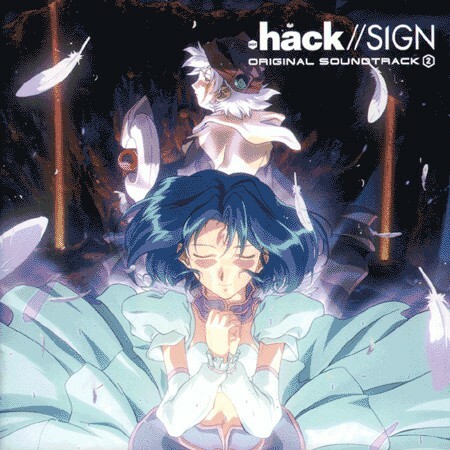.hack// is a full immersion isekai experience twenty years ahead of its time
by Perot LeFou
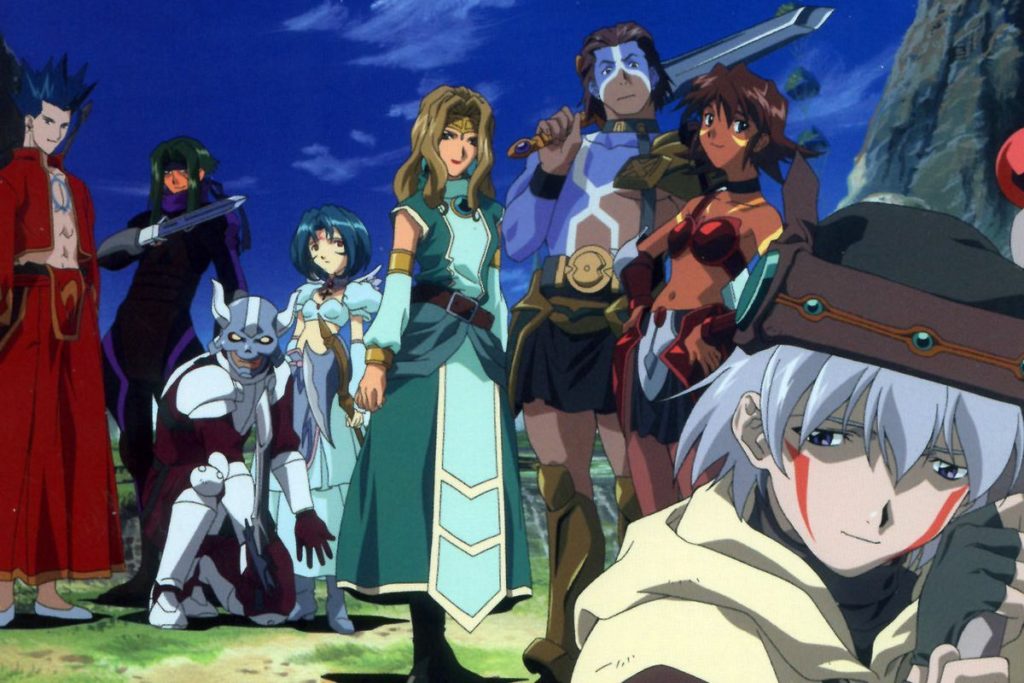
The two great loves of my life have been anime and video games. I could wax on about how formative to my comprehension of ethics the Ultima series was, or that Slayers brought me to appreciate dramatic high-concepts explored mostly with irreverence. But I’m here to extol my love for something that combines both: .hack. Most US based anime fans enjoying Toonami’s offerings would know about this series. .hack//Sign showing all the hallmarks of a prototypical isekai: the setting is a massively popular MMO follows a player who has fallen into a coma and become stuck in the game.
Yet unlike quite a few other anime about playing or being trapped in MMOs or just handwaving world logic or systems as vaguely akin to a video game: this was developed to be a companion series to an actual video game series. .hack//Sign, the first anime started airing alongside the first of four game releases over two years. Less a game series and more like the multi-part discs of the same single-player RPG, released on the PlayStation 2. .hack//Infection, .hack//Mutation, .hack//Outbreak, and .hack//Quarantine, referred together as “.hack//Game”. Each disc of which each came with an OVA episode of another series .hack//Liminality. Showing IRL events concurrent to the in-universe in-game events away from the game’s VR terminals. .hack//Sign chronologically takes place first. That is between it and .hack//Game, the .hack franchise has so much media it’s easier for the sake of brevity to say I forget the precise number of prequels. However, something I can’t help but appreciate, looking back on the series after nearly two decades, is how well these first entries’ metatext about The World holds up as a theoretical videogame and MMO.
.hack//Sign is a series that follows a partially amnesiac Wavemaster Tsukasa. Who very early is shown to command a neigh indestructible unnatural looking creature “The Guardian”. Between this and other reports of Tsukasa seeming to know secrets or actively be hacking the game to have this and other powers. In short order a guild of PKers at attempt to destroy this guardian and fail. Not because Tsukasa is the most skilled player ever, or simply winning the RNG lottery to get “unkillable monster” as a character specific power, which no self-respecting game designer should ever make part of an MMO. Rather, it’s because The Guardian is no uncertain terms not part of The World as a conceived, developed or released game, and certainly was not intended for players to gain control of. Explaining how this is better justified, would be the most concise possible way to spoil the overarching plotline of .hack//Sign.
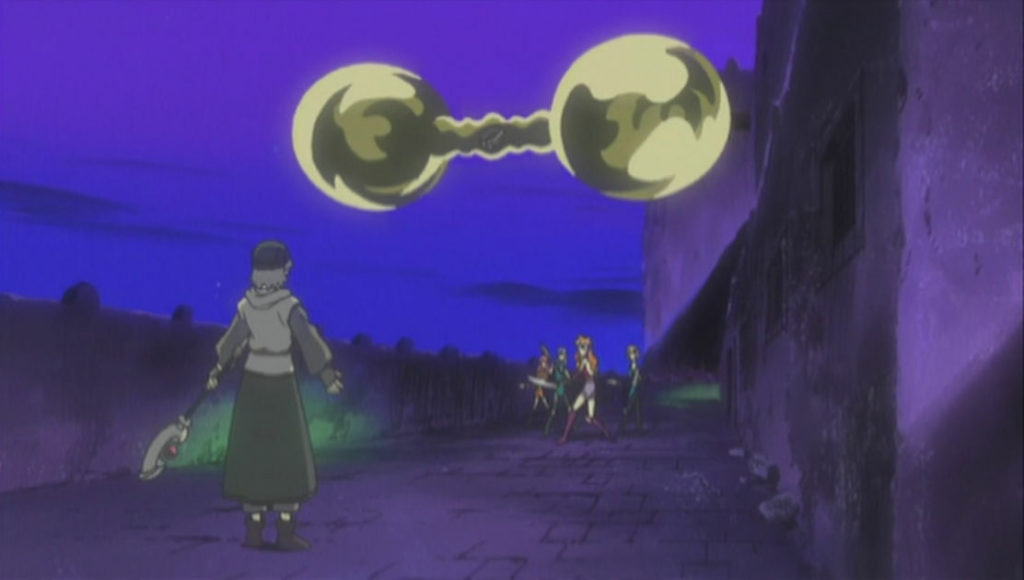
Yet if you were sitting across the table from me and had asked about my favorite anime: I’d be willing to do just that. That is what resonates with me, if I didn’t make this clear is exactly how well the series captures the sense of MMOs, certainly of and well after its time. A lot of .hack//Sign is dialog about philosophy. Which I know is a holding point to some entrants. However, for my part I’m focusing less on the high-concepts explored: the player mentalities ring true. I’ll try to avoid spoiling it so much, so I’ll omit names. One player in .hack//Sign is a professional with an adult son they’re trying to reconnect with who makes friends with newbies and mentors taking on a rule of a surrogate parent. Another is a shut in who purely uses The World to socialize with others, never leveling up at all despite having many equally or less-tenured powerful friends. Another is a 10 year old that loves Player Killer and griefing: but is also just entertained by the game. Said PKer becomes obsessed with Tsukasa not because he possesses an indomitable monster that can wipe out high leveled characters, but rather because Tsukasa’s able to evade being PKed. Two players start to have a romantic relationship and it combined with other ongoing social events basically destroys their player guild. Anyone out there who has played MMOs has seen some of these play out.
Yet on a more basic level the depiction of how players interact with the game are simplistically obvious, but also show cognition of game mechanics and design on part of the series creators. When players leave their VR terminals to go and talk to someone or grab a snack: their models freeze in whatever pose they were last, not pausing their game just removing any of their input. When players can’t find a friend that knows something they can’t figure out: they post to the game’s BBS about it. Though this is specifically called out in .hack//Sign: a simulated BBS is one of the cornerstones of .hack//Game, accessible after logging out of the World. This does have players inquiring about special in-game events, opportunities to meet new partymembers, but also just links to off-site news articles and people complaining about everyday things. Some players, like the Root Town dwellers in the .hack//Game want functionless collectible items and will trade items of in-game items for them.
To go further I’d say .hack captures the a believable experience of the experience of a game. In fact if you were to start the .hack franchise and go through it in release order; you would watch .hack//Sign and then play .hack//Game. You’d probably notice player-killing isn’t possible in .hack//Game. A discrepancy? Game and story segregation? No: it’s because PKing had been deemed a problem by the game designers and the ability to PK has been patched out. This isn’t the only patch: you can read the patch notes about it and other changing to incremental releases to The World. Which continues to receive patches throughout .hack//game. Another tactile point, is a realistic feeling of unreality. Looking broadly at the characters. Players have only a fixed number of classes to choose from. Secondary and lead characters of .hack//Sign and .hack//Game are Mimiru and Black Rose; both female Heavy Blade characters, the male Blademasters Bear and Orca, and even the lead male Wavemasters Tsukasa with Elk. However instead of being strikingly unique stand out characters: they’re basically palette swaps of one another. With a single accessory and coloration difference. A point of discussion in several series is that player skins are limited, with unique ones being awarded in in-game events. This is one of the many reasons hackers that make The World interesting since they use their own custom skins, the other being that they find unique accessible hidden fragments of The World to reveal and explore.
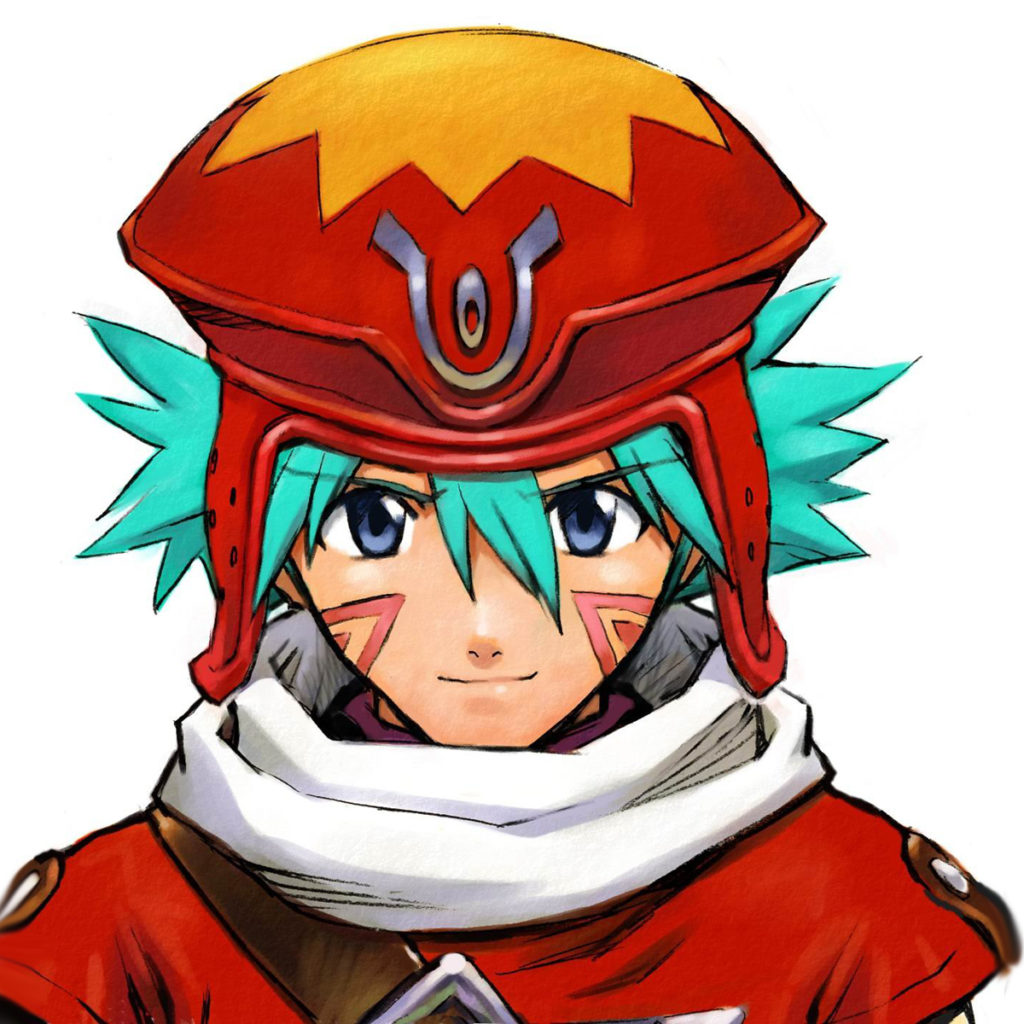
The World functionally has infinite gameplay content. Something the player of .hack//Game will notice early is that means random generated dungeons. The series’ characters: who are the players, who play characters in The World, will complain about the sameness of The World’s procedurally generated content. Levels are generated using collectible keywords as random seeds. Which again just makes so much sense in emulating the limits of videogames. There aren’t millions of hand-crafted levels, there are not hundreds of thousands of programmers working at ALTIMIT, the fictional company that runs The World. Less than .00002% of the accessible fields or dungeons across the five servers in .hack//Game are special. Eight themed worlds and dungeon sets, paired with a few weather effects to make about thirty stock worlds, and only a handful of curated levels. There’d be even fewer if it wasn’t for the non-intentional corruption visual landscape of worlds. More standard game-term limits of The World are of course on display in .hack//Game: you can meet players with bad ping, easily hit the level cap using exploitative or limited use items, exploit free to use Spring of Mysts to upgrade your starting equipment into maxed leveled equipment for each server in about 30 minutes from gaining control at the start of each disc.
These anime and game rewards the viewer/player’s attention to detail. As a showcase, you will notice reoccurring characters throughout the series. A unique main character from .hack//Game, and most storied character in the eventually developed franchise is among the protagonist’s team in .hack//Sign’s climactic battle without pomp or preamble. Not to keep harping on this one note: but that really feels real to me: I don’t think everyone gives their life story out on every raid. While watching the anime will let you pick up keywords for locations visited in .hack//Sign, or special ones to access in .hack//Liminality for your use in .hack//Game, usually important locations or the home to unique treasure.
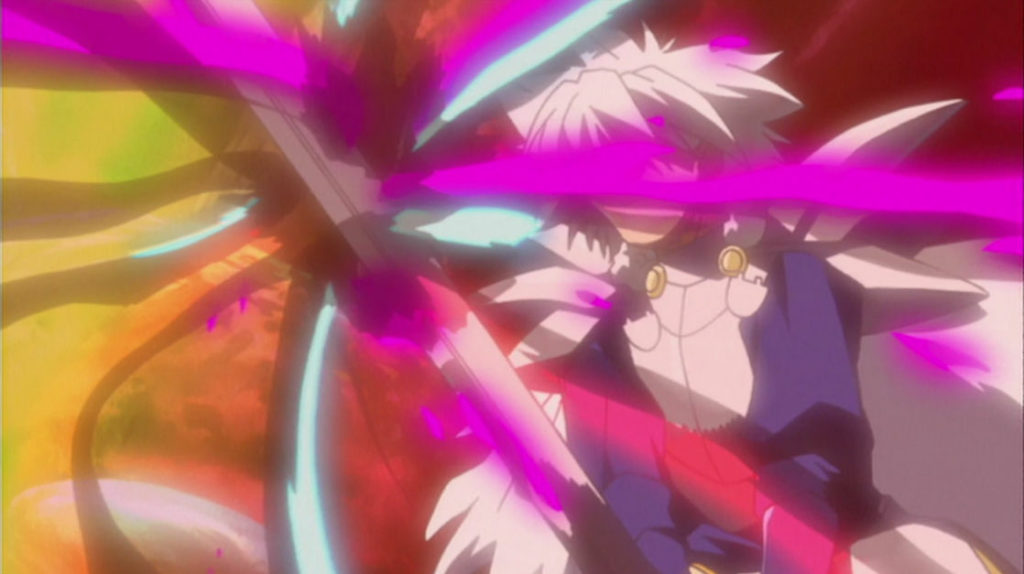
Now I’ve started onto the path of praising the franchise as a whole. I haven’t even started on any anime, manga, novel, or games including a TCG and an ARG, or really material from a series started after 2002. However, this isn’t without any faults. I had once managed to hear complaints about .hack//Sign. These monsters would say true things like “It’s just a bunch of people sitting around and talking”, and “It takes forever to get to too little good stuff”. With the action-based contemporary anime it shared its broadcast block with: I could see how someone in the wrong frame of mind could form these and other terrible conclusions. Two reasons this shouldn’t dissuade you. First the OST for .hack//Sign is my favorite of any anime series, and not something I’ve ever heard a single complaint about. Some electronic otherwise a lot of festive or sedate Celtic sounds stand out a fair bit. I’m not a huge audiophile but that OST has been on every one of my computers, MP3 players, and phones that could have it for the last 17 years and it’ll take some kind of EMP to change that. Second: anyone who now has the faintest interest doesn’t need to wait half a year for a no-longer existent once-a-week broadcast cycle. It’s on Funimation’s streaming service. The main 25 episodes are free, with another two OVAs and the totally extraneous recap episode “Evidence” as subscription-only. One could easily finish this first anime in three sittings.
However, for .hack//Game it’s less fortunate. Bandai’s and CyberConnect2’s negligence, the second game series .hack//GU received a collected, remastered. and expanded re-release in Last Recode. .hack//Game has not. This makes recommending the game hard. One would need to track down a physical set to play it in its entirety. Which is awkward to recommend since the final title .hack//Quarantine has always been among the most expensive resale PS2 games. Ranging above $200. Once-upon-a-time it was solidly, now merely vying for the second most expensive PS2 game behind the infamous Rule of Rose. All I can say is that if you want to stop by my place: I’ll lend you my copies. If that’s too steep, and if anything I said has piqued your gaming interest in the franchise as a whole? .hack//GU Last Recode is available on digital storefronts PSN and Steam. Incidentally it’s $8 on Steam the day this will post. Unfortunately, that doesn’t pair with .hack//Sign as well. No, that has its own anime mate: .hack//Roots. Which is also a great show, but I’ll have to save exploring those in depth for another time I contribute.
Fuck yeah, look it up!
.hack// multimedia franchise
Starts with .hack//Sign (2002 anime) and .hack//Infection (2002 video game)
Overall concept and games produced by CyberConnect2, Anime produced by Bee Train
Anime licenced in North America by Funimation, Games available on PSN and Steam

